Nestled in the heart of the Garhwal Himalayas, the Valley of Flowers in Uttarakhand is a breathtaking natural wonder that captivates adventurers, botanists, and nature lovers alike. This UNESCO World Heritage Site, located in the Chamoli district, is renowned for its vibrant meadows bursting with over 600 species of alpine flowers, rare wildlife, and stunning Himalayan vistas. If you’re planning a trip to this floral paradise or simply want to learn more about one of India’s most picturesque destinations, this comprehensive guide will take you through everything you need to know about the Valley of Flowers—its history, biodiversity, trekking details, best time to visit, and travel tips.
Discovering the Valley of Flowers: A Historical Glimpse
The Valley of Flowers was first brought to the world’s attention in 1931 by British mountaineer Frank S. Smythe. After a successful expedition to Mount Kamet, Smythe stumbled upon this hidden gem while seeking shelter from a storm. Enchanted by the vivid display of flowers, he documented his findings in his book, The Valley of Flowers, which popularized the region globally. Local legends also tie the valley to mythology, associating it with the celestial nymphs of Hindu scriptures and the epic Mahabharata. Today, it stands as a testament to nature’s artistry and resilience, preserved within the Nanda Devi National Park.
Spanning approximately 87 square kilometers, the valley sits at an altitude ranging from 3,200 to 6,700 meters above sea level. Its remote location and unique ecosystem make it a must-visit for those seeking an offbeat Himalayan adventure.
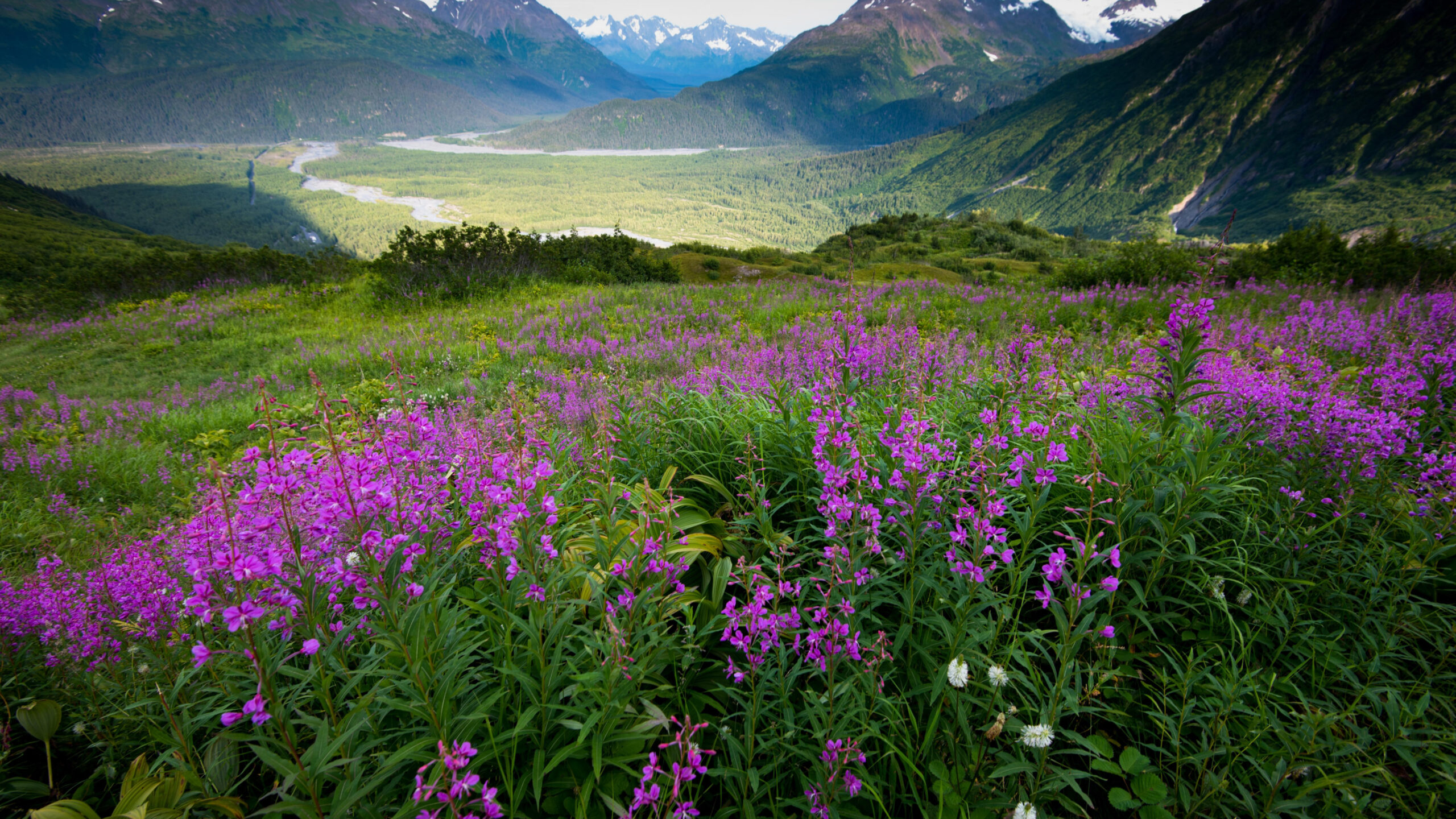
Why Visit the Valley of Flowers?
A Floral Wonderland
The Valley of Flowers is a botanist’s dream, home to an astonishing variety of endemic and rare flowers. From July to September, the valley transforms into a kaleidoscope of colors with blooms like the Himalayan Blue Poppy, Brahma Kamal (the state flower of Uttarakhand), Cobra Lily, and Primulas painting the landscape. Over 600 species of flora thrive here, many of which are used in traditional medicine and hold cultural significance. The sheer diversity is unmatched, making it a living gallery of nature’s finest creations.
Rich Biodiversity
Beyond its floral splendor, the valley supports a thriving ecosystem of wildlife. Though elusive, animals like the Asiatic Black Bear, Snow Leopard, Musk Deer, and Himalayan Tahr roam the higher reaches. Birdwatchers can spot vibrant species such as the Himalayan Monal, Himalayan Griffon, and Rosefinches. This biodiversity hotspot is a testament to the pristine environment preserved within the Nanda Devi Biosphere Reserve.
A Trekker’s Delight
The trek to the Valley of Flowers is as rewarding as the destination itself. Starting from Govindghat, a small town accessible from Joshimath, the 17-kilometer journey takes you through rugged trails, gushing streams, and panoramic views of snow-capped peaks like Nar Parbat and Nilgiri Parbat. The moderate trek, suitable for beginners with basic fitness, offers an immersive experience in the lap of the Himalayas.
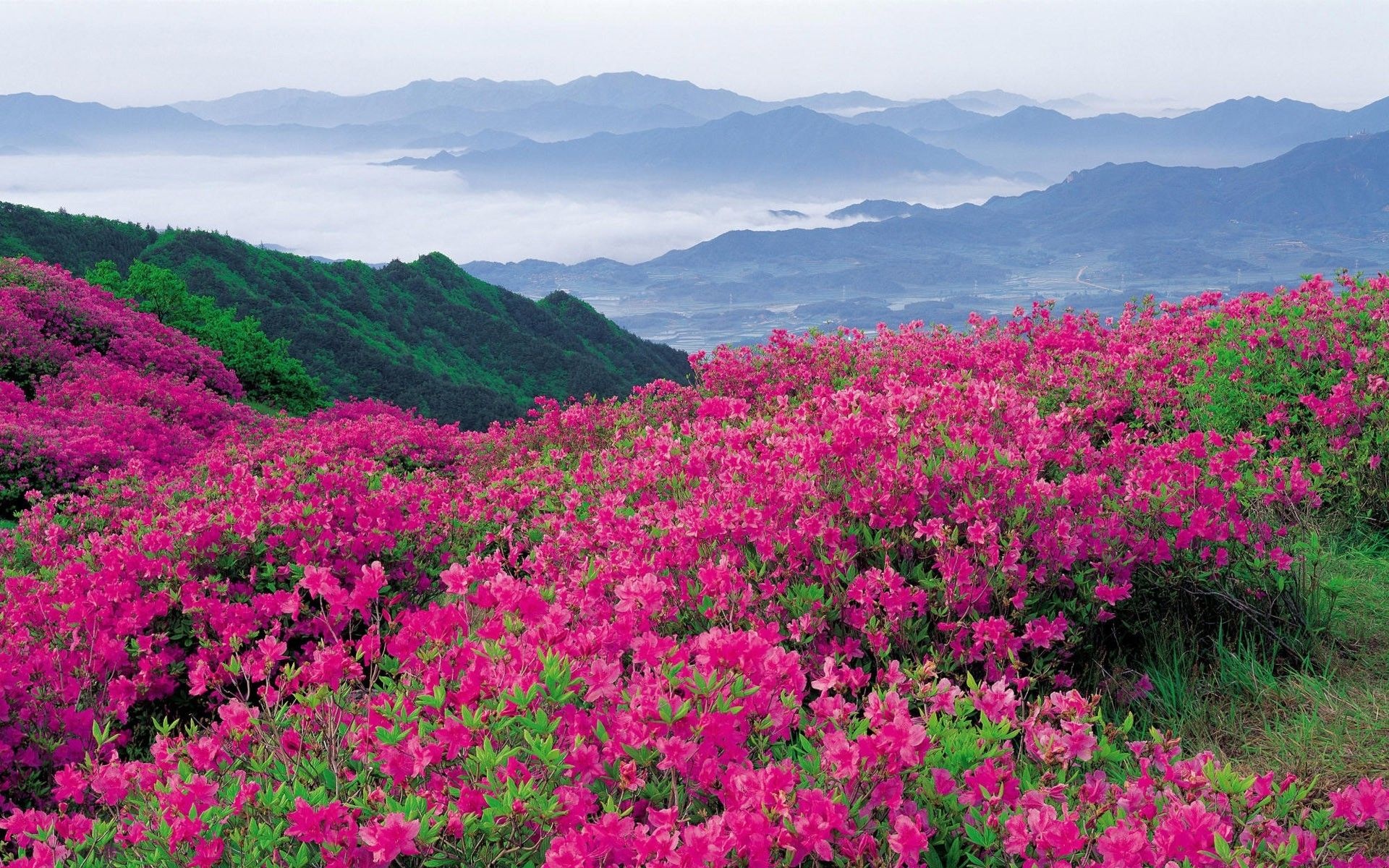
Best Time to Visit the Valley of Flowers
The Valley of Flowers is open to tourists from June 1 to October 31, with the peak blooming season occurring between mid-July and mid-August. During this time, monsoon rains awaken the valley, triggering the full bloom of its flowers. However, the weather can be unpredictable, so it’s wise to check forecasts and prepare for occasional showers. Early June offers a quieter experience with fewer crowds, while September brings clearer skies and a chance to see the valley transition into autumn hues.
Winter months (November to May) see the valley blanketed in snow, making it inaccessible to visitors. Plan your trip during the summer-monsoon window for the best experience.
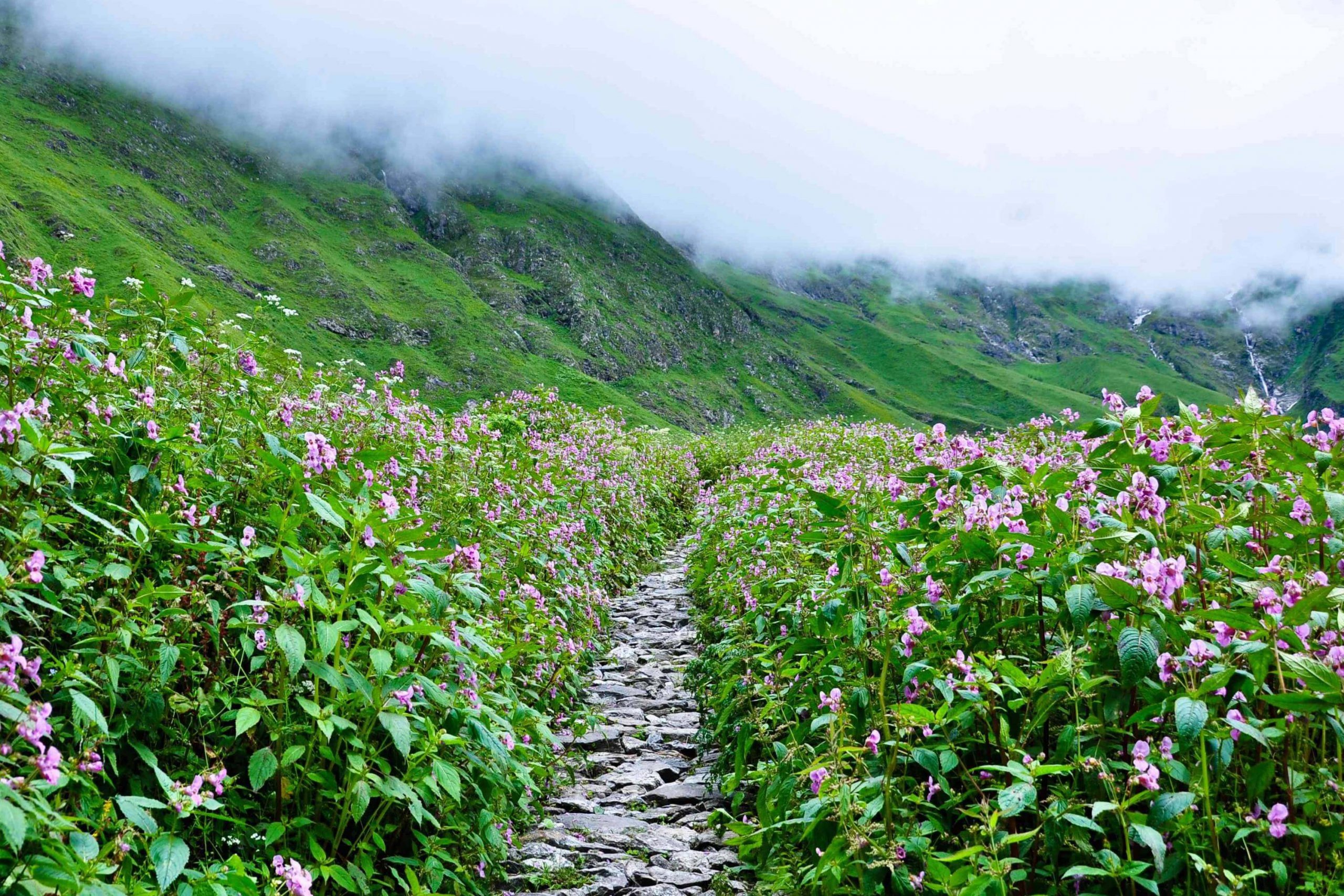
How to Reach the Valley of Flowers
By Air
The nearest airport is Jolly Grant Airport in Dehradun, approximately 295 kilometers from Govindghat. From Dehradun, you can hire a taxi or take a bus to reach Joshimath or Govindghat, the base points for the trek.
By Rail
Rishikesh Railway Station, 276 kilometers from Govindghat, is the closest railhead. Regular trains connect Rishikesh to major cities like Delhi, Mumbai, and Kolkata. From Rishikesh, buses and shared taxis ply to Govindghat.
By Road
Govindghat is well-connected by road to Joshimath (25 kilometers) and Haridwar (300 kilometers). State-run buses, private taxis, and shared jeeps are available from Haridwar, Rishikesh, and Dehradun. The journey offers stunning views of the Alaknanda River and surrounding peaks.
The Trekking Route
- Day 1: Travel from Govindghat to Pulna (10 km by road), then trek 3 km to Ghangaria, the base camp village. Stay overnight in a guesthouse or tent.
- Day 2: Trek 4 km from Ghangaria to the Valley of Flowers. Spend the day exploring and return to Ghangaria by evening.
- Day 3: Optionally trek to Hemkund Sahib (6 km one way), a sacred Sikh shrine at 4,329 meters, before returning to Govindghat.
Trekking Tips for the Valley of Flowers
- Permits: Obtain an entry permit from the forest checkpost in Govindghat. The fee is nominal (around ₹150 for Indians, ₹600 for foreigners), and the valley allows only 500 visitors per day to preserve its ecosystem.
- Gear: Carry sturdy trekking shoes, rain gear, warm layers, a first-aid kit, and a water bottle. The weather can change rapidly, so be prepared.
- Fitness: The trek is moderate but requires stamina for uneven terrain and high altitude. Acclimatize in Joshimath or Ghangaria if needed.
- Guides and Porters: Local guides and mules are available in Govindghat for assistance, especially if carrying heavy luggage.
- Eco-Consciousness: Plastic is banned in the valley. Carry reusable items and dispose of waste responsibly.
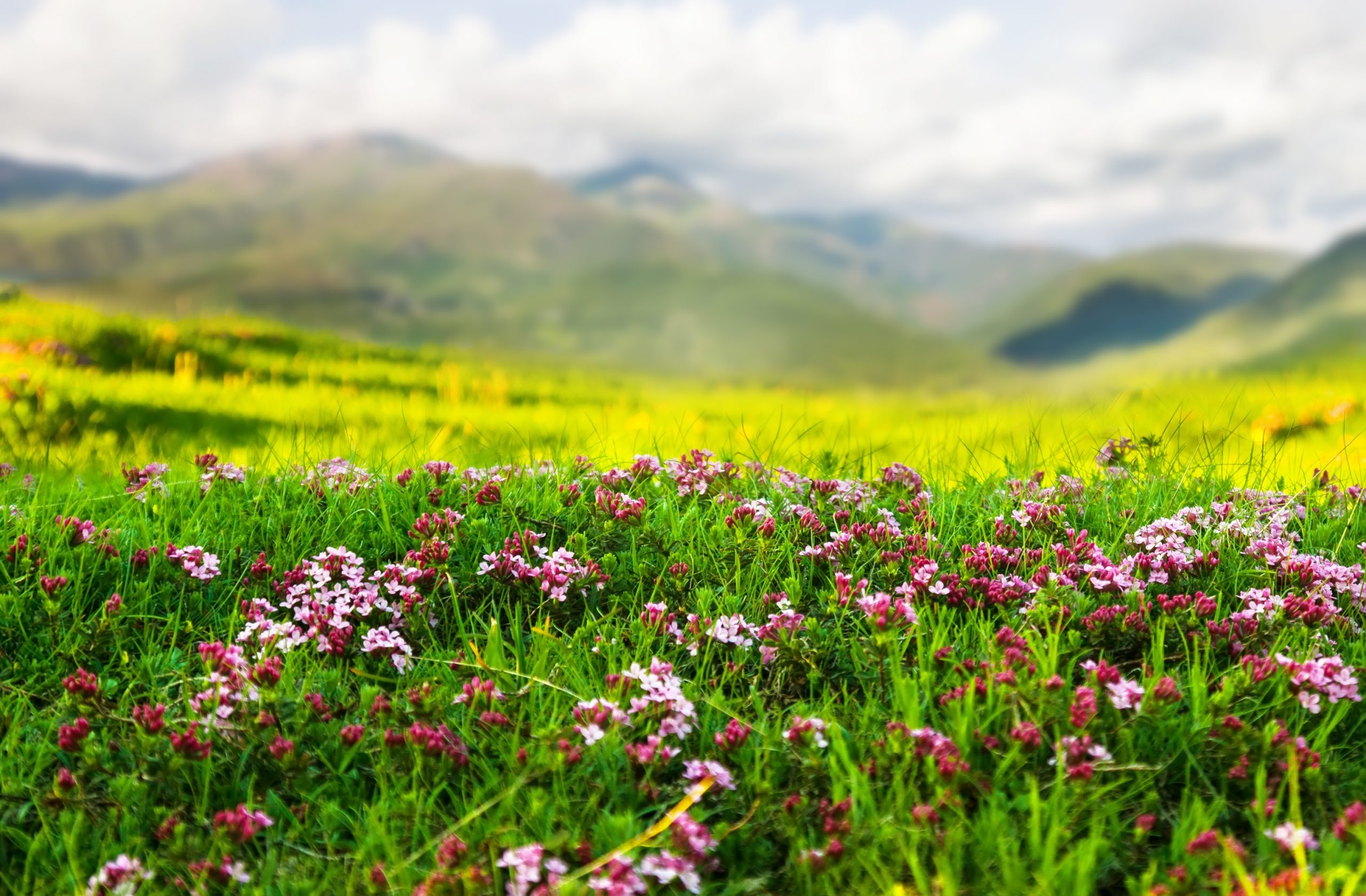
Nearby Attractions
Hemkund Sahib
A sacred Sikh pilgrimage site, Hemkund Sahib is a high-altitude lake and gurudwara surrounded by seven peaks. The 6-kilometer trek from Ghangaria is steep but spiritually rewarding.
Badrinath Temple
Located 25 kilometers from Govindghat, this ancient temple dedicated to Lord Vishnu is one of the Char Dham pilgrimage sites. Its serene setting amidst the Himalayas adds to its allure.
Nanda Devi National Park
Adjacent to the Valley of Flowers, this park is home to the majestic Nanda Devi peak (7,817 meters), India’s second-highest mountain. It’s a haven for trekkers and wildlife enthusiasts.
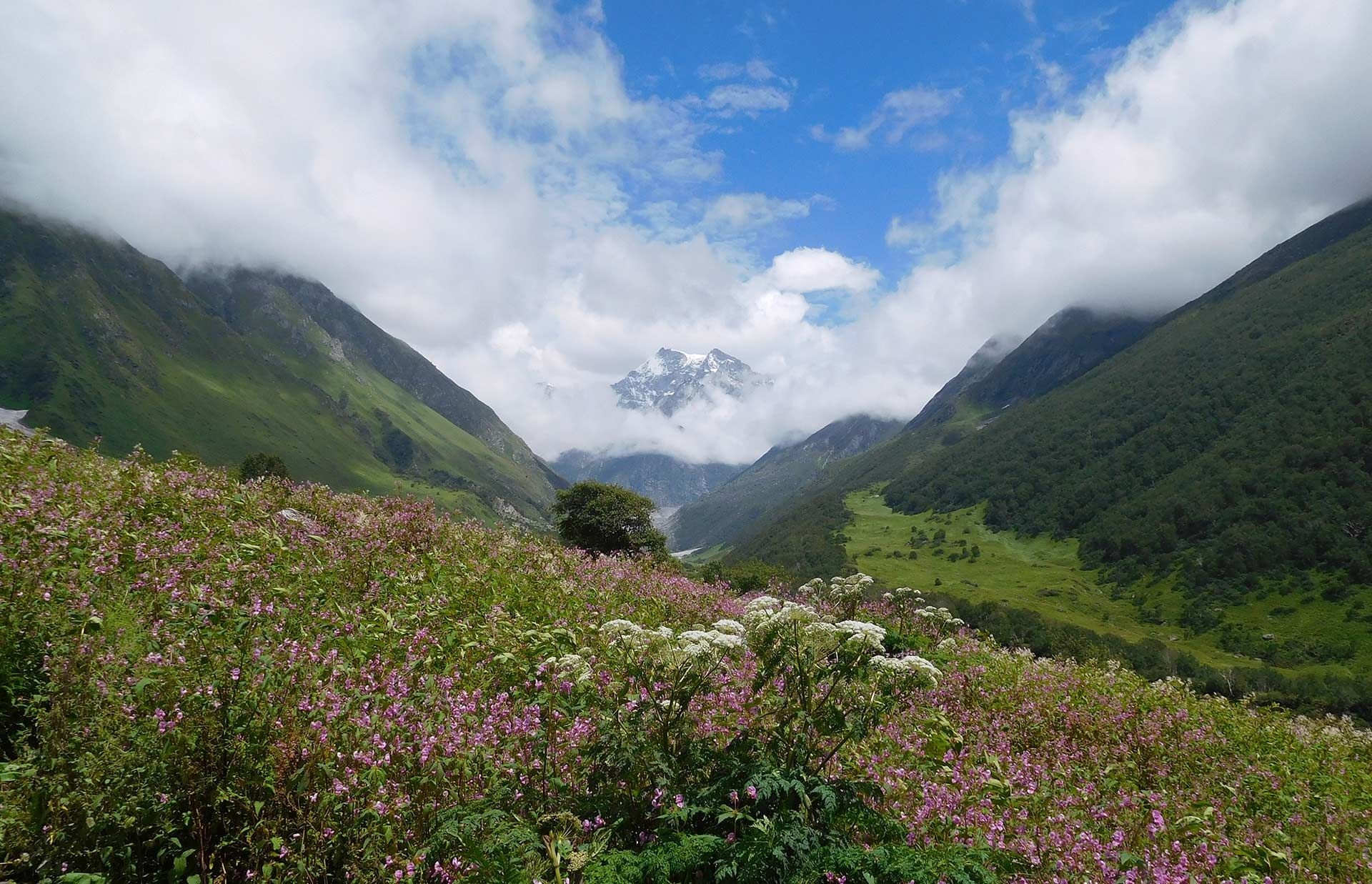
Accommodation and Food
Ghangaria serves as the primary base with basic guesthouses, lodges, and campsites. Options like GMVN (Garhwal Mandal Vikas Nigam) rest houses offer affordable stays. Food is simple yet hearty—think dal, rice, roti, and tea—available at local dhabas. Pack snacks like nuts and energy bars for the trek, as options within the valley are limited.
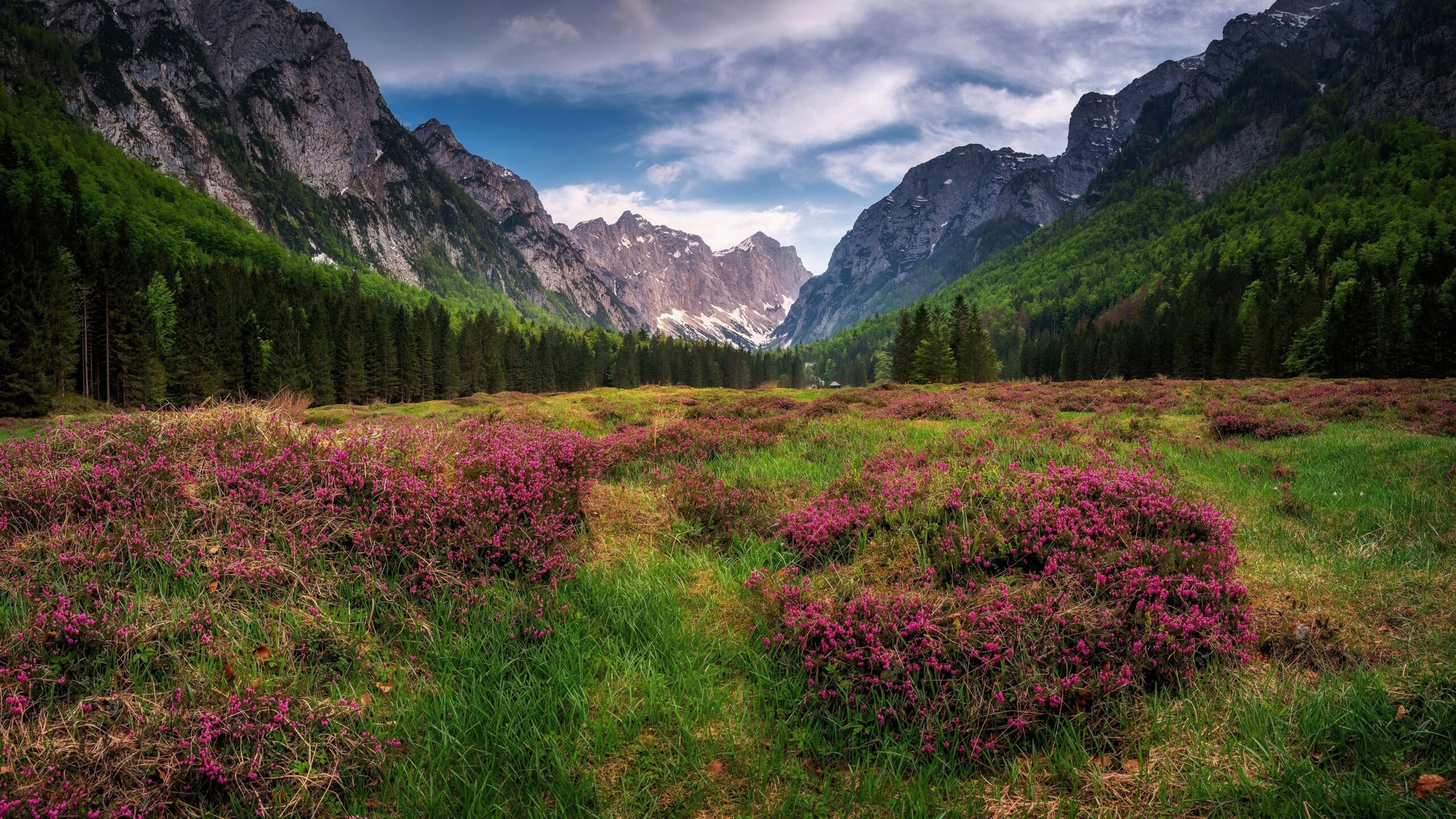
Why the Valley of Flowers Deserves a Spot on Your Travel List
The Valley of Flowers is more than just a destination; it’s an experience that blends adventure, tranquility, and natural beauty. Whether you’re a solo traveler, a photographer capturing the vivid blooms, or a family seeking a unique getaway, this Himalayan treasure offers something for everyone. Its status as a UNESCO World Heritage Site underscores its global significance, while its remote charm keeps it refreshingly untouched by mass tourism.
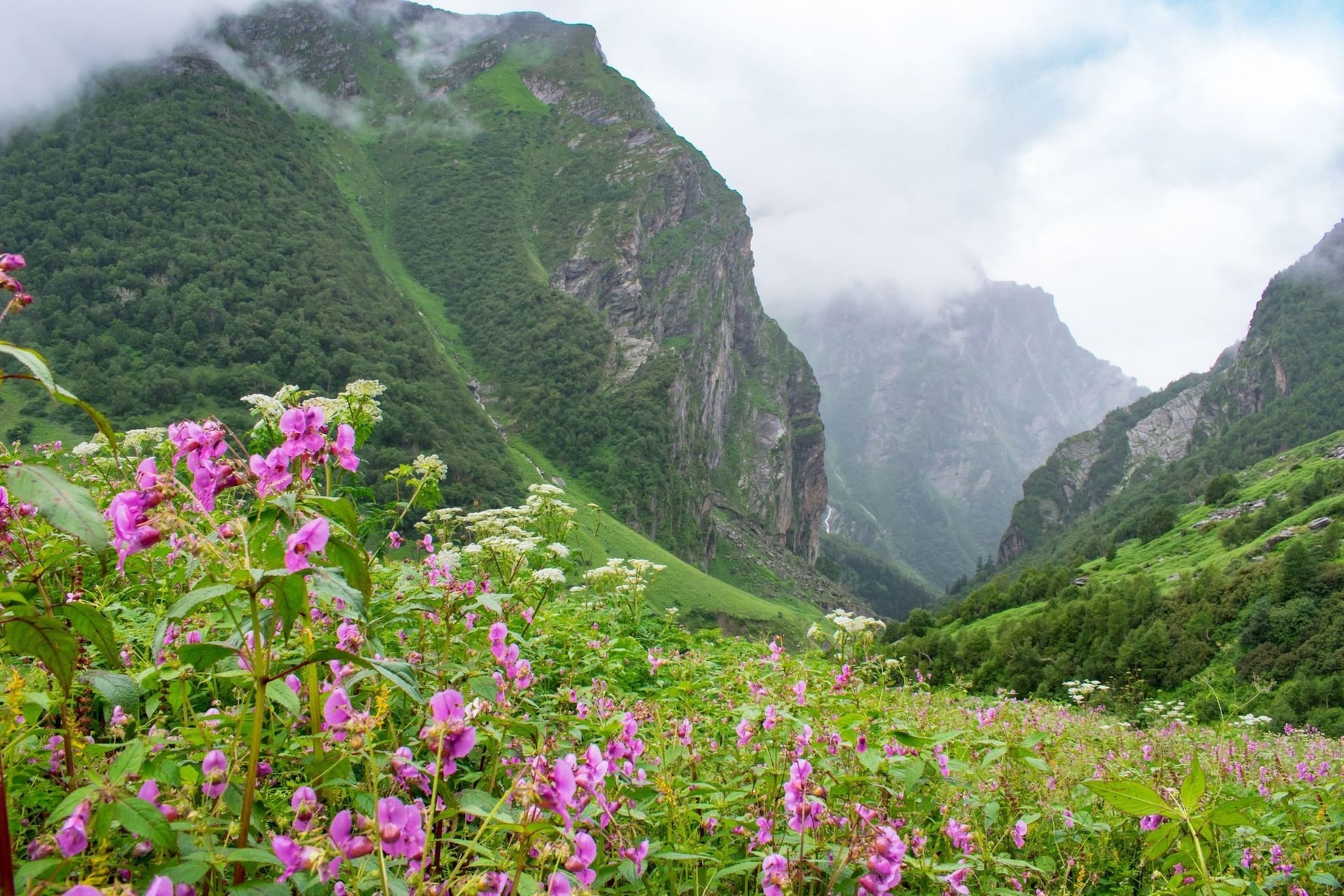
Travel responsibly
As a fragile ecosystem, the Valley of Flowers relies on responsible tourism. Stick to designated trails, avoid picking flowers, and respect the wildlife. Your visit can contribute to its preservation for future generations.
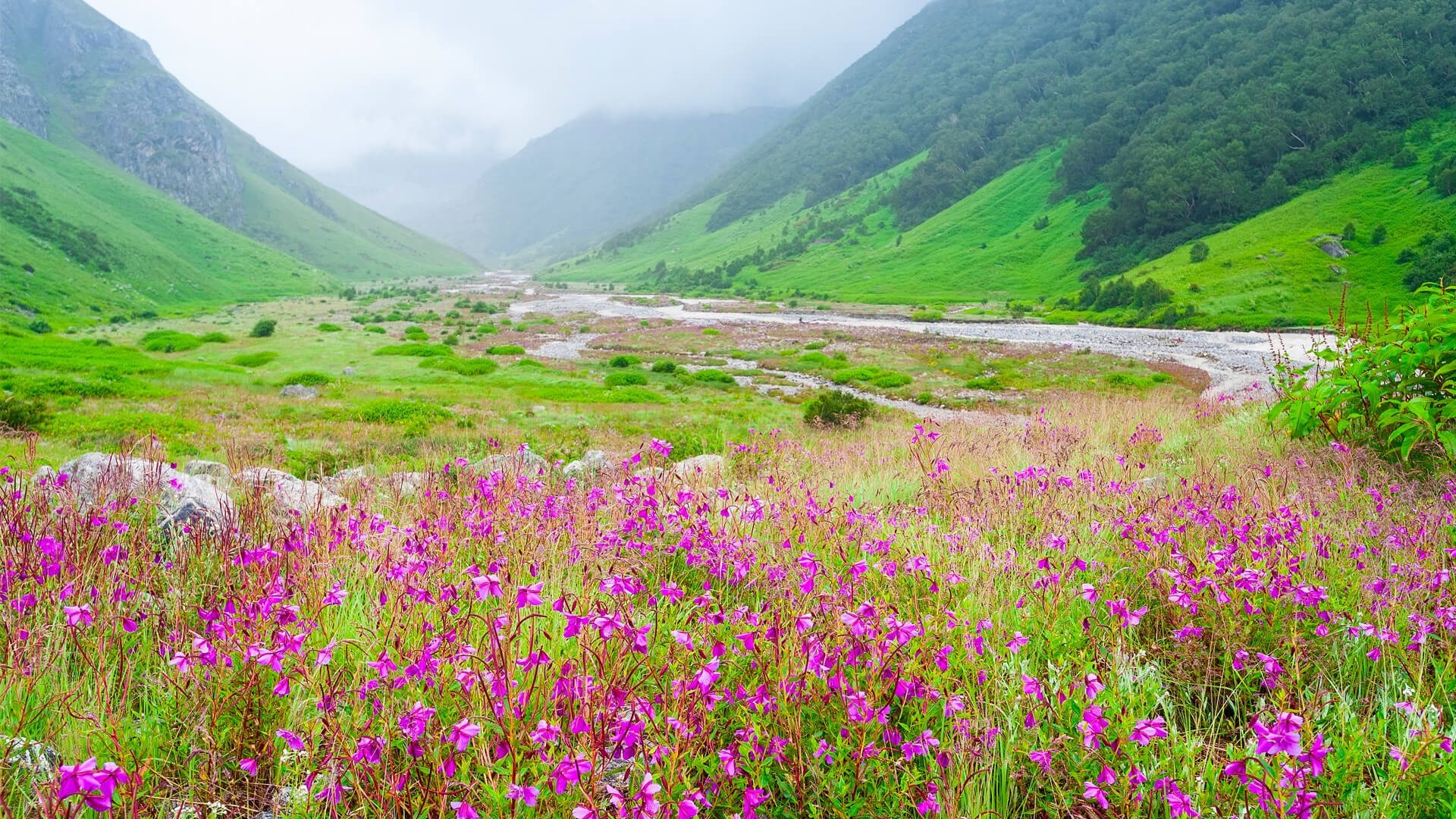
Final Thoughts
The Valley of Flowers in Uttarakhand is a testament to the raw, unspoiled beauty of the Himalayas. From its vibrant meadows to its serene trails, it’s a journey that rejuvenates the soul and ignites a deeper appreciation for nature. Plan your visit, lace up your trekking boots, and immerse yourself in this floral paradise—you won’t regret it.


